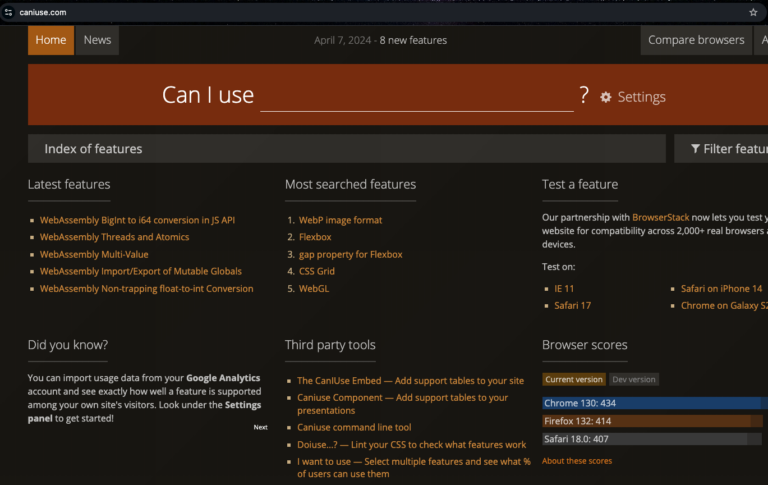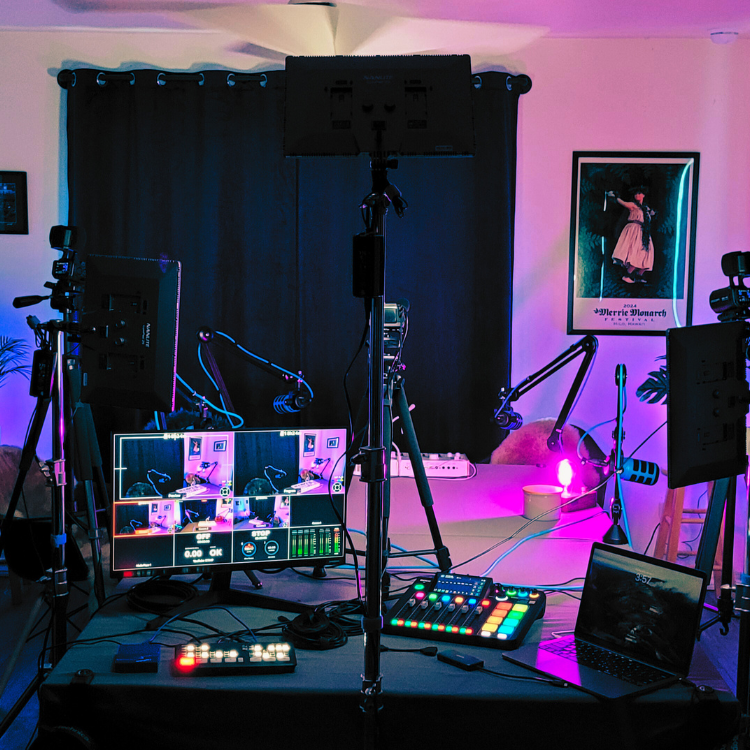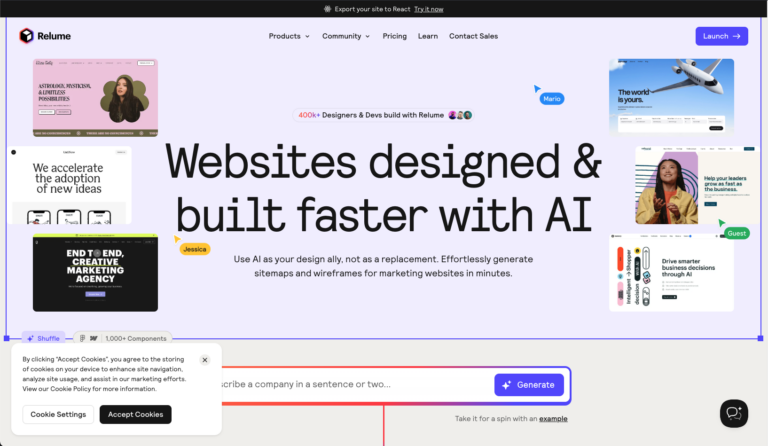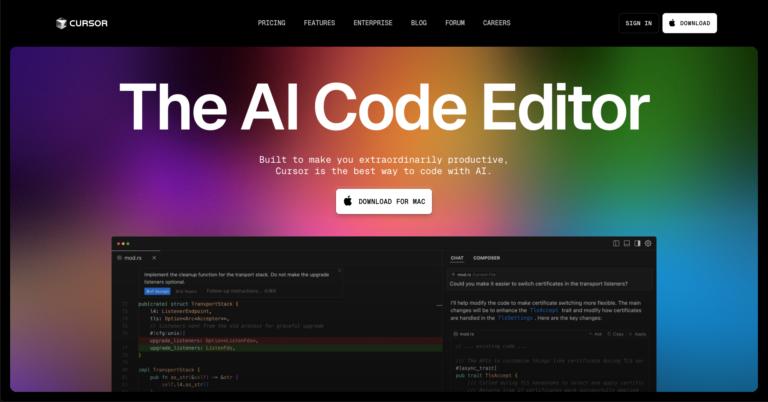
The current AI boom has sparked fears that automation will eliminate creative jobs in web development, digital marketing, and design. However, beneath the surface of this technological revolution lies a more complex reality: AI systems are already showing signs of entropy and unsustainability, while human creativity remains irreplaceable in ways that matter most for long-term economic stability.
AI’s Current Impact on Labor Markets
Despite widespread concerns about mass unemployment, current data reveals a more nuanced picture of AI’s impact on creative professions. The Bureau of Labor Statistics projects that software developers will experience 17.9% job growth between 2023 and 2033. Much faster than the 4.0% average for all occupations [1]. Computer occupations overall are expected to grow by 11.7% during the same period [1].
Goldman Sachs research suggests that AI could displace 6-7% of the US workforce if widely adopted, but emphasizes that this impact would likely be transitory as new job opportunities emerge [2]. The displacement typically increases unemployment by just 0.3 percentage points and tends to disappear within two years [2]. Even in sectors experiencing AI-related job losses, the numbers remain relatively modest: 76,440 positions were eliminated due to AI in 2025, representing only 5% of total job losses that year [3].
For creative professionals specifically, AI is functioning more as an amplifier than a replacement. 79% of marketing professionals identify empowering human creativity as AI’s primary benefit in creative workflows [4]. Rather than eliminating jobs, AI tools are handling routine tasks while freeing professionals to focus on strategic creative decisions, client relationships, and the uniquely human aspects of creative work [5][6].
The Entropy Problem: AI’s Limits and Human Novelty
At the heart of AI’s limitations lies a fundamental problem: model collapse. This phenomenon occurs when AI systems are trained on data generated by other AI systems, leading to progressive degradation in quality, reliability, and originality [7][8]. Research demonstrates that models trained extensively on AI-generated content can experience significant performance degradation, with some studies showing 95% decline in model performance when trained recursively on synthetic content [9].
As more AI-generated content floods the internet, training datasets become increasingly contaminated with synthetic signals. Google DeepMind warns against using synthetic text without labeling or filtration, calling it a “spiral of unreliability” [8]. The result is that AI systems begin to produce increasingly generic responses, exhibit high confidence in factually wrong statements, and lose the nuanced understanding that comes from exposure to diverse human-generated content [7][10].
This entropy problem is already visible in current AI outputs. MIT’s Media Lab Project NANDA found that 95% of enterprise AI initiatives show zero measurable return [9]. The reason isn’t technical failure but rather the lack of what researchers call “syntropy”, clear purpose, aligned strategy, and human curation that brings order and meaning to the creative process [9].
Data Centers, Ecological Costs, and Local Communities
The infrastructure supporting AI represents another critical vulnerability in the current system. Data centers consume approximately 560 billion liters of water annually, with projections suggesting this could rise to 1,200 billion liters by 2030 [11]. A typical 100-megawatt data center consumes 2 million liters of water per day. Equivalent to the water usage of about 6,500 households [11].
The environmental impact extends beyond resource consumption. Data centers typically evaporate about 80% of the water they draw, with the remainder discharged as wastewater [11][12]. They also generate substantial greenhouse gas emissions, with training a single GPT-3-sized model consuming approximately 1,300 megawatt-hours of electricity, equivalent to the annual energy usage of 130 American homes [13].
Perhaps most importantly, these facilities create minimal local employment opportunities while imposing significant environmental costs on surrounding communities [14][15]. Analysis of California data centers reveals they are disproportionately located in already polluted areas, with a median pollution burden score of 7 out of 10, placing them in the top 20% of the most environmentally impacted locations in the state [14].
The Economics of AI Accessibility and Subsidies
The current AI boom is heavily dependent on government and corporate subsidies that may not be sustainable long-term. Federal AI and IT R&D spending reached $11.3 billion in FY25, with the National Science Foundation alone increasing AI research funding by $94 million to $494 million [16][17]. However, this represents just a fraction of total AI infrastructure costs.
AI capital expenditures are projected to exceed $500 billion in 2026-2027 alone, roughly equivalent to Singapore’s annual GDP [18]. Industry analysts warn that the current AI bubble is 17 times larger than the dot-com bubble and 4 times bigger than the 2008 housing bubble [19]. Goldman Sachs CEO David Solomon recently warned that “there will be a lot of capital that’s deployed that will turn out to not deliver returns” [20].
The “unsustainability” of current funding models becomes clear when examining the economics. A ChatGPT query requires 10 times more electricity than a Google search [21], yet most AI services are offered at heavily subsidized rates to drive adoption. As Amazon CEO Jeff Bezos acknowledged, there is currently a bubble in the AI industry, with investors struggling to “distinguish between the good ideas and the bad ideas” [19].
Societal Reset, UBI, and Recessionary Realities
Economic indicators suggest broader systemic challenges that could affect AI sustainability. The Consumer Confidence Index fell to 94.2 in September 2025, its lowest level since April, with only 26.9% of respondents describing jobs as ‘plentiful’; the lowest figure since February 2021 [22][23]. These trends reflect underlying economic pressures that extend far beyond AI’s impact.
Universal Basic Income, often proposed as a solution to AI-driven displacement, faces significant practical and political obstacles. A UBI providing $10,000 annually to every US adult would cost approximately $2.5 trillion per year. More than half the current federal budget [24]. Political feasibility remains low due to fundamental questions about financing and targeting, with most proposals requiring the elimination of existing social programs in ways that could actually increase poverty rather than reduce it [25][24].
The broader economic context suggests we may already be experiencing recessionary conditions masked by AI investment spending. Consumer spending patterns, shifts to alternative living arrangements, and declining confidence in traditional employment all point to structural economic challenges that AI cannot solve and may actually exacerbate through resource misallocation [26][27].
Why AI Won’t Take All Creative Jobs
Despite transformational changes, creative and technical fields demonstrate remarkable resilience to AI disruption. The Bureau of Labor Statistics projects that personal financial advisors will grow 17.1% despite competition from robo-advisors, and legal occupations will grow 3.7% even as AI handles document review tasks [1]. The pattern is clear: AI augments rather than replaces roles requiring strategic thinking, emotional intelligence, and client relationships.
For web developers, digital marketers, and designers, AI serves as a powerful collaborative tool rather than a replacement technology. Research shows that successful AI integration requires human curation, strategic oversight, and creative direction, which are exactly the skills these professionals already possess [4][28].
As AI handles routine coding, basic content generation, and data analysis, creative professionals are freed to focus on user experience design, brand strategy, and the complex problem-solving that drives real business value.
The sustainability advantages also favor human-AI collaboration over full automation. Human reviewers help curate training data, flag anomalies, and ensure models stay aligned with real-world values and knowledge [8]. No current AI can fully vet another AI’s understanding. Human judgment remains essential for maintaining quality and preventing the model collapse that threatens purely automated systems.
The narrative of AI inevitably displacing creative workers…
Overlooks fundamental limitations in current AI systems and the economic realities of the technology sector. Model collapse, infrastructure sustainability challenges, and economic bubble indicators suggest that the current AI boom may be approaching natural limits rather than inexorable expansion.
For web developers, digital marketers, and designers, the optimal strategy involves embracing AI as a collaborative tool while focusing on the uniquely human capabilities that drive long-term value: strategic thinking, emotional intelligence, creative problem-solving, and client relationship management. Historical precedent suggests that technological advancement creates more jobs than it destroys, and early evidence indicates this pattern will continue with AI.
Rather than fearing obsolescence, creative professionals should prepare for an environment where human creativity becomes more valuable, not less, as AI handles routine tasks and amplifies human capabilities. The future belongs to those who can successfully navigate the collaboration between human ingenuity and artificial intelligence. A partnership that requires distinctly human skills to manage effectively.
As the AI bubble inevitably adjusts to economic reality and sustainability constraints, the professionals who survive and thrive will be those who maintained their core creative competencies while learning to leverage AI as a powerful amplifying tool. The entropy built into current AI systems ensures that human creativity, strategic thinking, and authentic relationship-building will remain irreplaceable assets in the creative economy of the future.
References
- Bureau of Labor Statistics. “Incorporating AI impacts in BLS employment projections.” March 2025. https://www.bls.gov/opub/ted/2025/ai-impacts-in-bls-employment-projections.htm
- Goldman Sachs. “How Will AI Affect the Global Workforce?” August 2025. https://www.goldmansachs.com/insights/articles/how-will-ai-affect-the-global-workforce
- The Interview Guys. “The State of AI in the Workplace in 2025: Why 170 Million New Jobs Are Coming.” August 2025. https://blog.theinterviewguys.com/the-state-of-ai-in-the-workplace-in-2025/
- SmythOS. “Exploring Human-AI Collaboration in Creative Industries.” August 2025. https://smythos.com/ai-trends/human-ai-collaboration-in-creative-industries/
- Orange SEO. “How AI is Transforming Digital Marketing Jobs in the U.S.” June 2025. https://www.orangeseo.net/blog/2025/6/24/how-ai-is-transforming-digital-marketing-jobs-in-the-us
- CMSWire. “AI’s Impact on Digital Marketing Jobs: The Highest ROI Opportunity.” April 2025. https://www.cmswire.com/digital-marketing/ais-impact-on-digital-marketing-jobs-the-highest-roi-opportunity/
- LinkedIn. “AI Model Collapse: Understanding the Risk, Science, and Societal Impact.” August 2025. https://www.linkedin.com/pulse/ai-model-collapse-understanding-risk-science-societal-mike-mullins-1ykzc
- AI Competence. “Model Collapse: AI Training On AI Is Breaking Models.” June 2025. https://aicompetence.org/model-collapse-ai-training-on-ai-breaking-models/
- Kalungi. “Syntropy: How Humans Create Value in the Age of AI Entropy.” September 2025. https://www.kalungi.com/blog/syntropy/syntropy-how-humans-create-value-in-the-age-of-ai-entropy
- arXiv. “Characterizing Model Collapse in Large Language Models Using Quantile Regression.” September 2025. https://arxiv.org/html/2410.12341v2
- Bloomberg. “How AI Demand Is Draining Local Water Supplies.” May 2025. https://www.bloomberg.com/graphics/2025-ai-impacts-data-centers-water-data/
- NASUCA. “Data Centers and Water Use Report.” February 2025. https://www.nasuca.org/wp-content/uploads/2025/02/2025-06-10-NASUCA-Data-Centers-Final-Schneider.pdf
- Epoch AI. “How much energy does ChatGPT use?” February 2025. https://epoch.ai/gradient-updates/how-much-energy-does-chatgpt-use
- Tech Policy Press. “Data Center Boom Risks Health of Already Vulnerable Communities.” June 2025. https://techpolicy.press/data-center-boom-risks-health-of-already-vulnerable-communities
- National League of Cities. “Data Centers and Local Environmental Considerations.” May 2025. https://www.nlc.org/article/2025/05/23/data-centers-and-local-environmental-considerations/
- Federal Budget IQ. “Federal AI and IT Research and Development Spending Analysis.” January 2025. https://federalbudgetiq.com/insights/federal-ai-and-it-research-and-development-spending-analysis/
- National Science Foundation. “NSF announces $100 million investment in National Artificial Intelligence Research.” August 2025. https://www.nsf.gov/news/nsf-announces-100-million-investment-national-artificial
- Derek Thompson. “This Is How the AI Bubble Will Pop.” October 2025. https://www.derekthompson.org/p/this-is-how-the-ai-bubble-will-pop
- Common Dreams. “‘Red Flag’: Analysts Sound Major Alarms As AI Bubble Now ‘Bigger Than Dot-Com Bubble.'” October 2025. https://www.commondreams.org/news/artificial-intelligence-bubble
- New York Post. “Goldman Sachs CEO David Solomon warns of AI stock market drawdown.” October 2025. https://nypost.com/2025/10/03/business/goldman-sachs-ceo-david-solomon-warns-of-ai-stock-market-drawdown/
- Polytechnique Insights. “Generative AI: energy consumption soars.” March 2025. https://www.polytechnique-insights.com/en/columns/energy/generative-ai-energy-consumption-soars/
- Forbes. “American Confidence In U.S. Economy Falls To Five-Month Low.” September 2025. https://www.forbes.com/sites/tylerroush/2025/09/30/americans-report-sharp-deterioration-in-economic-confidence-survey-says/
- Conference Board. “US Consumer Confidence.” September 2025. https://www.conference-board.org/topics/consumer-confidence/
- Economic Strategy Group. “Universal Basic Income (UBI) as a Policy Response to Current Challenges.” 2019. https://www.economicstrategygroup.org/wp-content/uploads/2019/12/Maintaining-the-Strength-of-American-Capialism-Universal-Basic-Income-UBI-as-a-Policy-Response-to-Current-Challenges.pdf
- Center on Budget and Policy Priorities. “Commentary: Universal Basic Income May Sound Attractive But, If It Occurred, Could Weaken the Safety Net.” June 2019. https://www.cbpp.org/research/poverty-and-opportunity/commentary-universal-basic-income-may-sound-attractive-but-if-it
- Yahoo Finance. “Consumer Confidence Drops as Concerns About Job Market Rise.” September 2025. https://finance.yahoo.com/news/consumer-confidence-drops-concerns-job-191508849.html
- Fortune. “Yet another recession indicator is flashing as consumer confidence falls.” October 2025. https://fortune.com/2025/10/01/recession-indicator-conference-board-expectation-index-jobs-inflation/
- Yinwei Sun. “From Tools to Collaborators: The Evolution of AI in Creative Industries.” May 2025. https://www.yinweisun.com/post/from-tools-to-collaborators-the-evolution-of-ai-in-creative-industries






